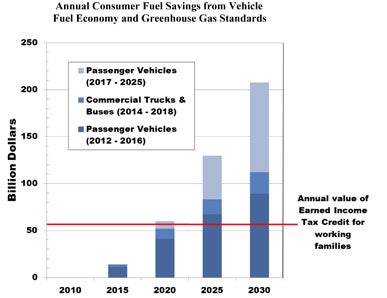(This post was written by EDF Senior Attorneys Pamela Campos and Peter Zalzal)
This morning the Supreme Court issued a 7-to-2 decision confirming that the U.S. Environmental Protection Agency (EPA) may continue to require large industrial sources of climate pollution to use the best available control technology when building or rebuilding plants. A 5-to-4 majority also determined that such pre-construction permits would not be required for the many smaller sources that EPA had concluded would pose significant administrative problems.Today’s decision is good news for all of us exposed to the health and climate impacts of new industrial plants. It also leaves the vast majority of already-issued greenhouse gas permits untouched.
While there are a handful of permits potentially impacted by today’s decision, an EPA database shows that the vast majority of permits issued between 2011 and 2013 cover both greenhouse gases and other pollutants.
A separate EPA update from March 2014 shows that the large majority of permits issued are for exactly the type of plants Congress, and the Supreme Court, had in mind – large industrial sources such as power plants, oil and gas-related plants, chemical plants, and cement plants.
By design, EPA’s tailoring rule applied only to the largest sources of air pollution. For the first six months of implementation, the rule explicitly applied only to sources emitting large amounts of both greenhouse gases and other air pollutants. In the last 3 years, permits have been required only for the largest sources of greenhouse gas pollutants – the types of sources that also emit large amounts of non-greenhouse gas pollutants. (See slides 26 and 27 of this EPA presentation)
Since 2011, more than 160 new and modified large industrial sources have incorporated the best available technologies for limiting greenhouse gases.
As a result, we have new and updated power plants in California that have improved efficiency by up to 88 percent, gas plants in Maryland that are using high-efficiency combined cycle turbines that reduce facility costs, and cement kilns that have cut greenhouse gas pollution by 40 percent while reducing energy costs. (See pages 38 and 39 of this legal brief filed by the states)
Today’s decision means that the Clean Air Act will continue to play a role in advancing use of efficient, cost-effective technologies that cut both global and local air pollution from large polluters. And that’s good news for all of us.











